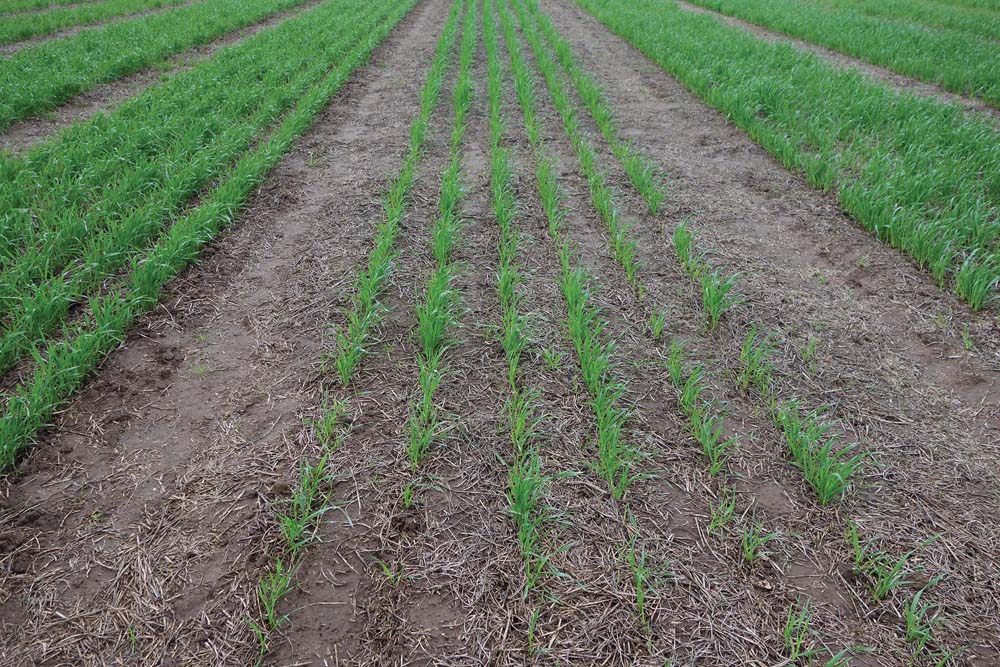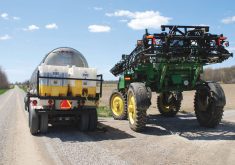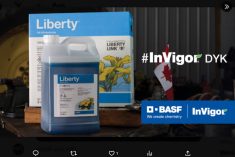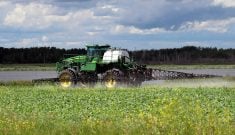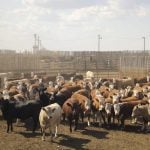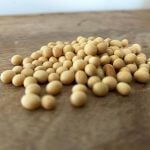Hitting weeds with a pre-emergence residual herbicide can be an effective way to keep them in check while they’re germinating and highly vulnerable.

This gives your crop a head start by removing early competition but you have to consider carry-over if you’re going to manage a persistent herbicide in your soil, according to Kansas State University weed scientist Sarah Lancaster.
“Sometimes I tell my farmers in Kansas the best time to kill your weeds is before you even see them, so use your residual herbicides,” she said. “One of the things that makes residual herbicides effective is their ability to persist in the environment and when I’m talking about herbicide persistence I’m talking about the length of time that herbicide is active.”
Glyphosate is very effective in the short term because it works directly on the plant. If it doesn’t hit green tissue it binds with soil colloids and begins to degrade almost immediately. Residual herbicides actually lurk in the soil where they form a loose bond to the soil colloids and wait. It’s still active within soil solution and ready to hit those germinating weeds as they break the surface.
Read Also
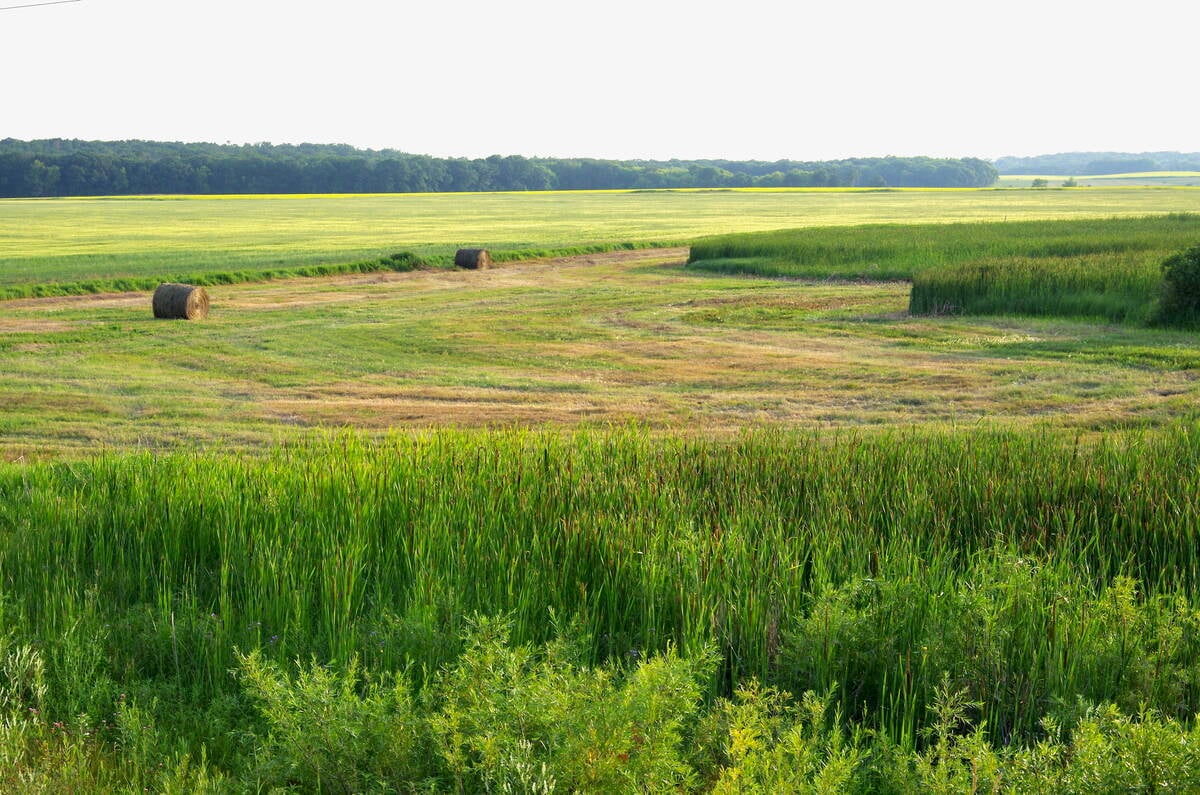
Manitoba farmers offered crop insurance carrot on marginal acres
Farmers planting poor field acres to perennial forage can get a break on forage crop insurance programs under new Forage Advantage pilot program.
- Read more: This is a year for a plan when planting
When used well, they maintain their watch until the canopy is established and the crops can compete with any weeds that might make it out of the ground later. Still, farmers have to remember that this persistence in the environment can be both blessing and curse. They have to consider carry-over.
“They want the herbicide to stay in the environment long enough to provide that extended weed control that we need,” Lancaster said. “But the kicker is that herbicide also has to break down and leave the environment fast enough that we don’t have herbicide carry-over. So I spray product X on my soybeans in 2021, I plant field corn in 2022 and I see some evidence of crop injury as a result of that herbicide I applied last year. That’s herbicide carry-over.”
Some Group 2 products are known for carry-over and this kind of persistence is measured as a half-life which means pretty much what it says. It’s the length of time it takes for half of the applied amount of herbicide to break down into its simpler chemistry. If one pound of product has a half-life of 90 days then you would expect there to be a half-pound left at the end of that 90 days. After another 90 days there would be a quarter-pound and so on. A herbicide’s half-life depends on quite a few variables including the type of soil, soil moisture, pH or the level of organic matter.
“So looking at the half-lives you can see here, half-lives range from eight to 23 days for clopyralid all the way up to 300 days for sulfentrazone,” Lancaster said. “Typically we’re talking about half-lives in the order of days but for herbicides that are tending to be soil sterilants you’re going to be talking about months of activity there.”
Fortunately for next year’s crop, even the most long-lived herbicides don’t last forever. Like most other types of chemical compounds there are natural forces that go to work on them to break them down into simpler and more stable forms. There are three ways to do this in most soil systems: photodegradation, chemical degradation and microbial degradation.
“Photodegradation can be any number of chemical reactions caused by light,” Lancaster said. “Certain types of bonds within the herbicide molecule can absorb light and that extra energy causes that molecule to break apart.”
This happens on the surface of the soil and it’s similar to what happens to that old tractor that’s been sitting in the sun behind the tree break for years. The paint is faded and not as lustrous as it was when a previous generation brought it onto the farm.
A more common process is chemical degradation and this is influenced by soil conditions like pH and moisture.
“Chemical degradation is the result of reactions that are not caused by living organisms,” she said. “One thing to note is that soil pH is a very important influence in these reactions, specifically hydrolysis, a reaction that involves water trying to steal a proton from that herbicide molecule. At lower pHs that happens more easily.”
Microbial degradation is the most common and probably the most complicated. There are millions of microbes living in a spoonful of soil and their job is to rework chemical compounds into other chemical compounds.
“Microbial degradation is herbicide breakdown caused by things living in the soil,” she said. “The main players here are going to be bacteria but also actinomycetes, fungi and algae to some extent.”
Some say microbial degradation is actually a form of chemical degradation because the microbes are using chemistry to do their work. In this case it couldn’t happen if there weren’t living things involved and simple as those bacteria are, they perform very difficult chemistry.
“If you think about the bacterial cells as little factories, the microbial community has to gear up to make enzymes,” Lancaster said.
An enzyme is a protein that finds the right compounds and starts a chemical reaction with them. The enzyme drives the reaction through to its finish, then pops out unchanged and ready to start another one. It’s like a set of car keys that you can use to start the car any number of times and the keys stay the same.
“The last thing we’re going to talk about is environment,” Lancaster said. “Significant portions of western North America have been very dry and this has a big impact on herbicide carry-over.”
Microbes can be picky about the environment, particularly about having the right temperature and the right soil moisture content. Last year’s drought drew down the soil moisture so microbial action slowed down with it. Fortunately, they rebound quickly when the soil regains moisture.
“So let’s wrap up with a few thoughts on how to prevent carry-over,” Lancaster concluded. No. 1 is reading the labels. You’re going to find the information about the correct rate for your soil and for your environmental conditions.”
Her second step is to respect rotation intervals, the length of time after a herbicide application that you have to wait before you can plant the next crop.
“Those rotation intervals were developed with an abundance of caution on the part of the registrant,” she said. “So respect the rotation intervals and that should keep you in the clear for the most part.
“A third factor to think about is varietal differences and sensitivity,” she said. “There’s still a fair amount of varietal sensitivity in response to herbicides with things like corn and soybeans where the gene pool is not as broad as other crops. So be aware of differences in the herbicides you’re using especially with things like the ALS inhibiting products or maybe sulfentrazone or metribuzin.”

